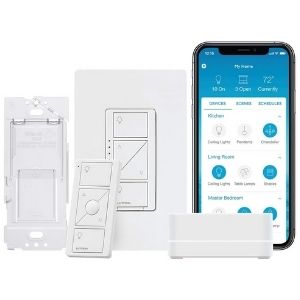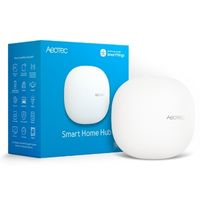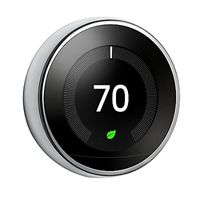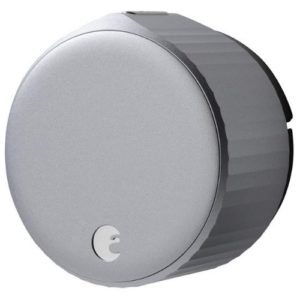What kinds of things can be part of a home automation system? Ideally, anything that can be connected to a network can be automated and controlled remotely. In the real world (outside of research labs and the homes of the rich and famous), home automation most commonly connects simple binary devices.
This includes "on and off" devices such as lights, power outlets and electronic locks, but also devices such as security sensors which have only two states, open and closed.
Where home automation becomes truly smart is in the Internet-enabled devices that attach to this network and control it. The classic control unit is the home computer, for which many of the earlier home automation systems were designed.
Today’s home automation systems are more likely to distribute programming and monitoring control between a dedicated device in the home, like the control panel of a security system, and a user-friendly app interface that can be accessed via an Internet-enabled PC, smartphone or tablet.
Manufacturers have produced a wide variety of smart devices, many of which are full of innovative features but few of which offer the kind of integration needed to be part of a complete home automation system. Much of the problem has been that each manufacturer has a different idea of how these devices should be connected and controlled.
So while you may have a smart TV, washing machine, refrigerator, thermostat, coffee maker or any of the other Internet-ready household devices on the market, the end result is usually a separate control scheme for each device.
In the near future, home automation may be standardized to let us truly take advantage of all of these additional possibilities. For the time being, the home security providers that specialize in home automation have focused on the most critical and useful parts of a connected home.
At a basic level, this means the doors and windows and environmental devices (thermostat, smoke detectors, temperature, humidity, fire and carbon dioxide sensors) that keep you safe and comfortable.
For additional real-time security, convenience and control, home automation systems from security providers should also include options for video cameras. With the best systems, you’ll also be able to include lights and individual electrical outlets into your home automation package.














